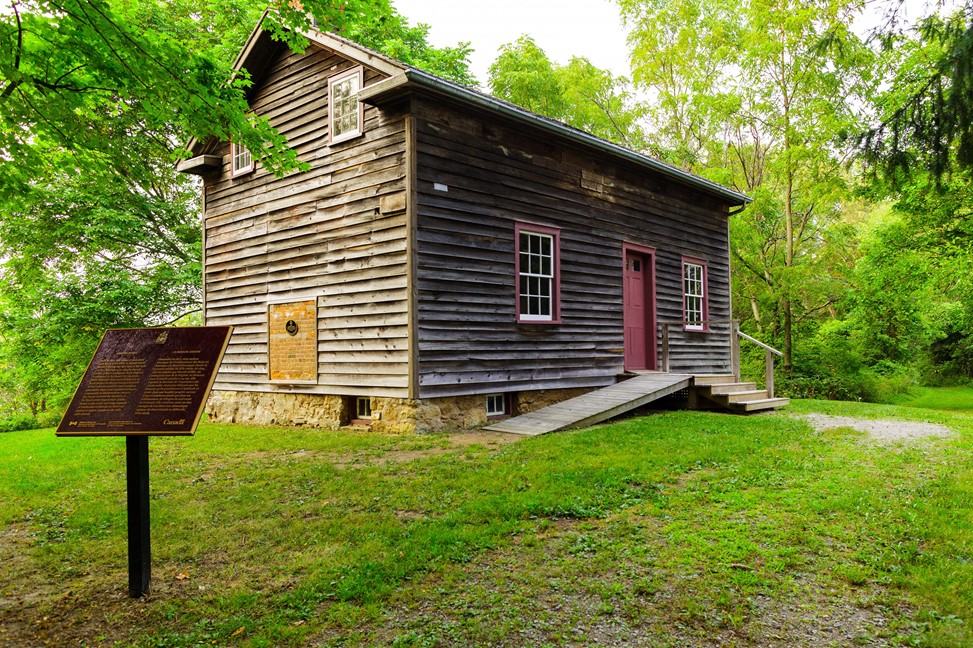Heritage Property Evaluation
Read about listing, researching and evaluating cultural heritage property. This information is part of the Ontario Heritage Tool Kit.

Overview
All across Ontario, communities are working together to protect and promote our cultural heritage properties.
Our cultural heritage reflects the expressions, experiences and aspirations of those who have shaped communities across Ontario.
Cultural heritage can take many forms – buildings and monuments, bridges and roadways, streetscapes and landscapes, barns and industrial complexes, cemeteries, museums, archives and oral histories. They enrich us, inspire us and guide us forward to build vibrant, liveable communities for present and future generations.
The conservation of cultural heritage properties is vital to a community’s overall cultural and economic development plan. An integrated and proactive approach to cultural and economic planning can lead to the revitalization of main streets, neighbourhoods and individual properties, support employment growth, encourage new business and bring tourist dollars.
Identification and evaluation are a vital part of the conservation process. This guide is designed to help identify and evaluate the cultural heritage value or interest of properties in our communities. It outlines the Ontario Heritage Act requirements (section 27) for a municipal register of heritage properties. It also provides guidance in evaluating properties using the criteria prescribed in Ontario Regulation 9/06 of the Ontario Heritage Act.
What’s in this guide?
- Heritage properties
This section describes what is meant by "heritage property" and "cultural heritage value or interest" and outlines the framework for heritage conservation in Ontario. - Identifying heritage properties
This section outlines the first steps to identify potential heritage properties. - Municipal register of heritage properties
The requirements of the Ontario Heritage Act and the basics for compiling a municipal register are outlined. - Research and site analysis
This section explains why it is important to research and conduct site analysis. It also gives an overview of the steps to be taken. - Evaluation
This section provides guidance on the process for describing a property; evaluating a property for its cultural heritage value or interest applying the criteria in Ontario Regulation 9/06. - Documenting research and evaluation
This section provides guidance on how to document research and evaluation. - Appendix: Researching a property
This includes a list of relevant primary and secondary sources that should be consulted as part of the research process, as well as documents that provide detailed guidance on researching a property, in addition to other guides that support how to research a property.
This guide is one of several published by the Ministry of Citizenship and Multiculturalism (MCM) as part of the Ontario Heritage Tool Kit. The ministry has published these guidance materials as an aid to municipalities and others working with the Ontario Heritage Act. The information in this guidance is not intended to take the place of legal advice. In the event of any conflict or inconsistency between this guidance and any applicable legislation or regulations, including the Ontario Heritage Act and its regulations, the legislation or regulations prevail.